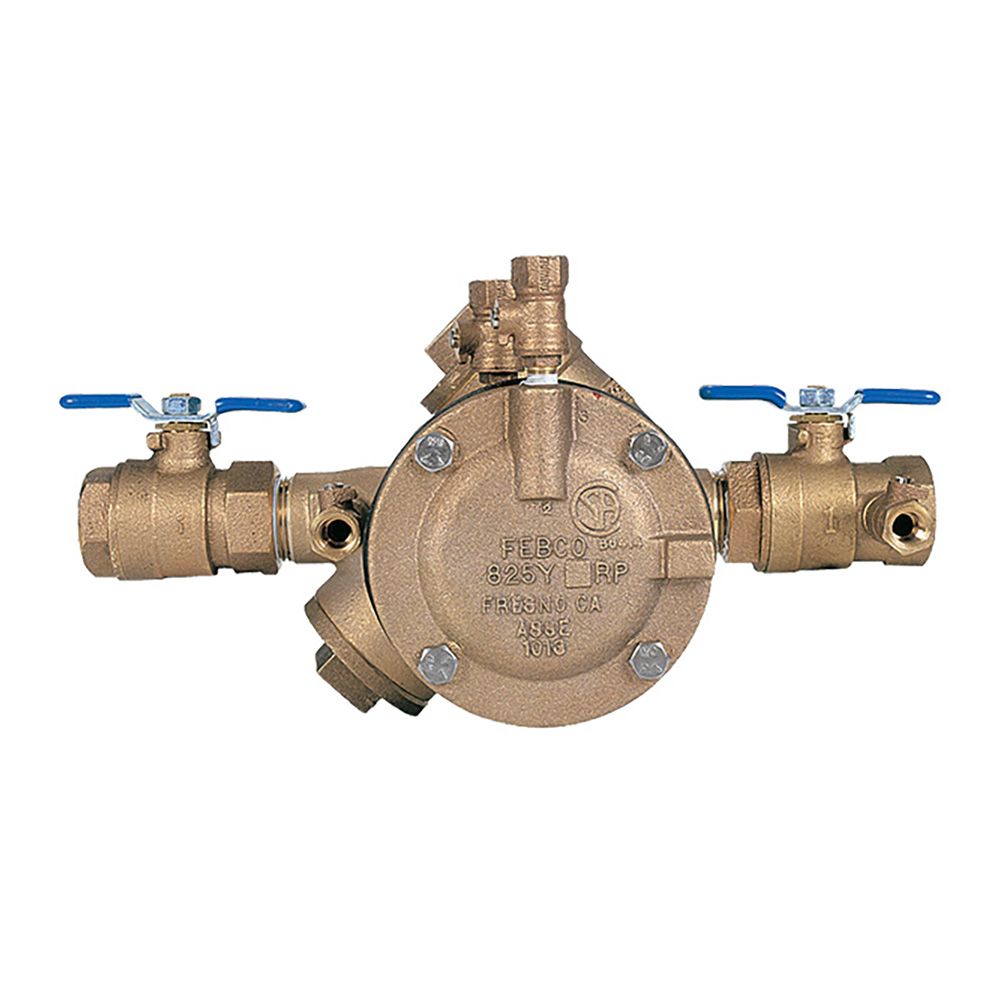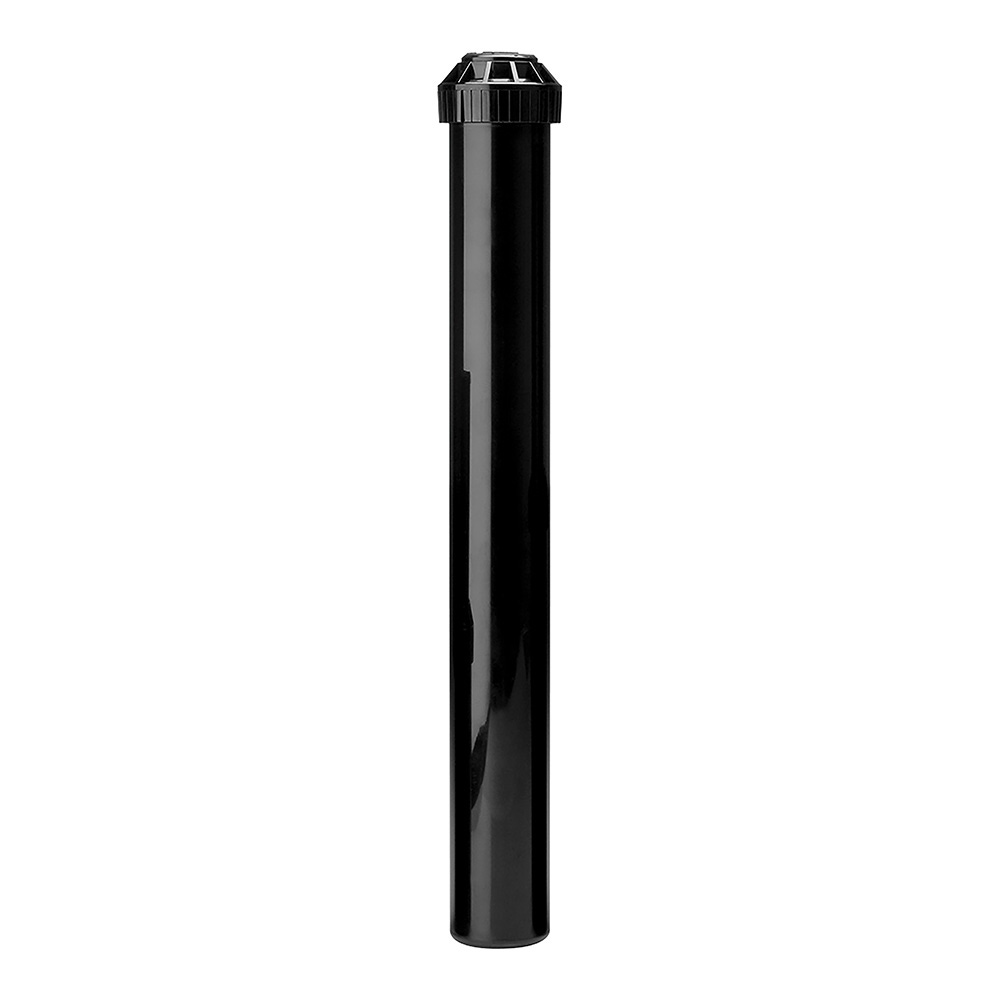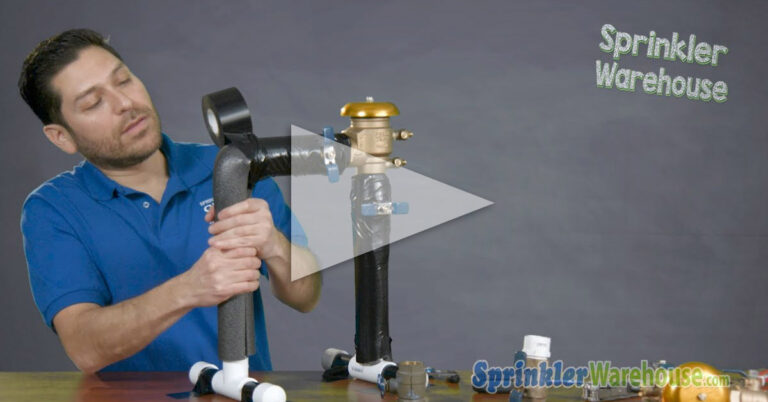A Simple Checklist to Ensure Your System Is Safe
This article discusses how to winterize in moderate climates. Winterization is an important part of maintaining a properly running lawn sprinkler system. Where you live plays a big part in which steps you will need to follow. If you live in a region that is temperate or moderate, it either never freezes or only freezes for an hour or two at a time. When it does this, there are far fewer steps involved when it is time to winterize your irrigation system.
If you’re interested in learning more about automatic freeze drains please visit: The Freeze Drain- Irrigation’s Best Kept Secret
There Is No Need To Drain Underground Pipes In Temperate Climates:
The best news about how to winterize your irrigation system in moderate climates is that the water does not need to be drained from underground pipes. It simply doesn’t get cold enough to freeze that deep down in such climates. In other words, you can avoid performing a sprinkler system blow out, having to use drain valves or using a shop vac to suction the water out.
As easy as it may be to winterize a lawn sprinkler system in a temperate climate, there are still steps that must be followed. The water supply must still be shut off (as outlined in section one) and you will also need to shut down the timer or controller as well. As mentioned before, the timer may be set to “rain mode,” especially if it is a solid state, digital display controller. Doing this can save you a great deal of time and means that you won’t have to reprogram the entire thing when spring rolls back around.
Draining Gear-Driven Rotors:
Gear-driven rotor sprinklers that are above ground must be drained, or the water can freeze, expand and damage them. Therefore, if the water doesn’t drain out on its own, a drain valve will need to be installed on the sprinkler supply line. Otherwise, you can remove the rotors and shake them out thoroughly; in that case, you should then store them for safekeeping until spring.
Above-ground piping will need to be insulated properly to ensure that it survives the colder time of year. Self-sticking foam insulating tape works best for this kind of application. Similarly, foam insulating tubes work very well for this purpose. In order to properly winterize in moderate climates, the following steps must be completed.
Steps To Follow:
1. Turn Off The Water
- Completely turn off the water supply to your system. You will need to turn of the main shut off valve and make sure that it is protected.
- Make sure that your main valve is in an area where it can’t freeze.
2. Shut Down The Controller
- Shut down your controller. If you have an automatic controller turn the controller to either rain mode or to off. Therefore all of your programming will stay intact so that you don’t have to reprogram in the spring.
- If you have a mechanical controller you will need to completely unplug the controller. Mechanical controllers use a lot of unnecessary electricity if left plugged in.
3. Drain Water
- This can be tedious depending on the amount of sprinklers you have.
- You will need to drain the water from every rotor. This can be done by removing the rotor and shaking the water out.
- A drain valve is an option that would make life easier.
4. Insulate Your Backflow
- Even if you are certain you won’t be affected by a freeze it’s still a wise decision to insulate your backflow device. Remember Mother Nature can be very unpredictable.
- Use a small amount of self sticking insulation foam; make sure that you don’t block the drain outlets or air vents. Or you can use some R-11 fiberglass insulation by wrapping it around the backflow preventer.
- Wrap it around the backflow preventer, then use duct tape to secure a plastic bag around the whole thing. Don’t secure it too tightly – just tight enough to keep it from blowing off.
The Febco 825Y RPZ Backflow Preventer is just one type on the market. Insulating your backflow preventer before a freeze can save you money and headache with little up-front investment.
If you need to replace your backflow preventer, you can shop for a Febco 825Y on SprinklerWarehouse.com
5. Insulate Above Ground Pipes
- Above all, Make sure that all of the above ground piping is insulated. For instance, unlike the buried pipe it doesn’t have the ground to keep it insulated and it is exposed to the elements.
- Self-sticking insulating foam tape works best to insulate these pipes. You can also use foam insulating tubes just cut the tubes to size and wrap them around your pipes.
- At the end of your coldest season you can opt to leave the insulation intact. Just make sure at the beginning of the season next year you do a run through and check for damaged insulation and make touch ups as needed.




























